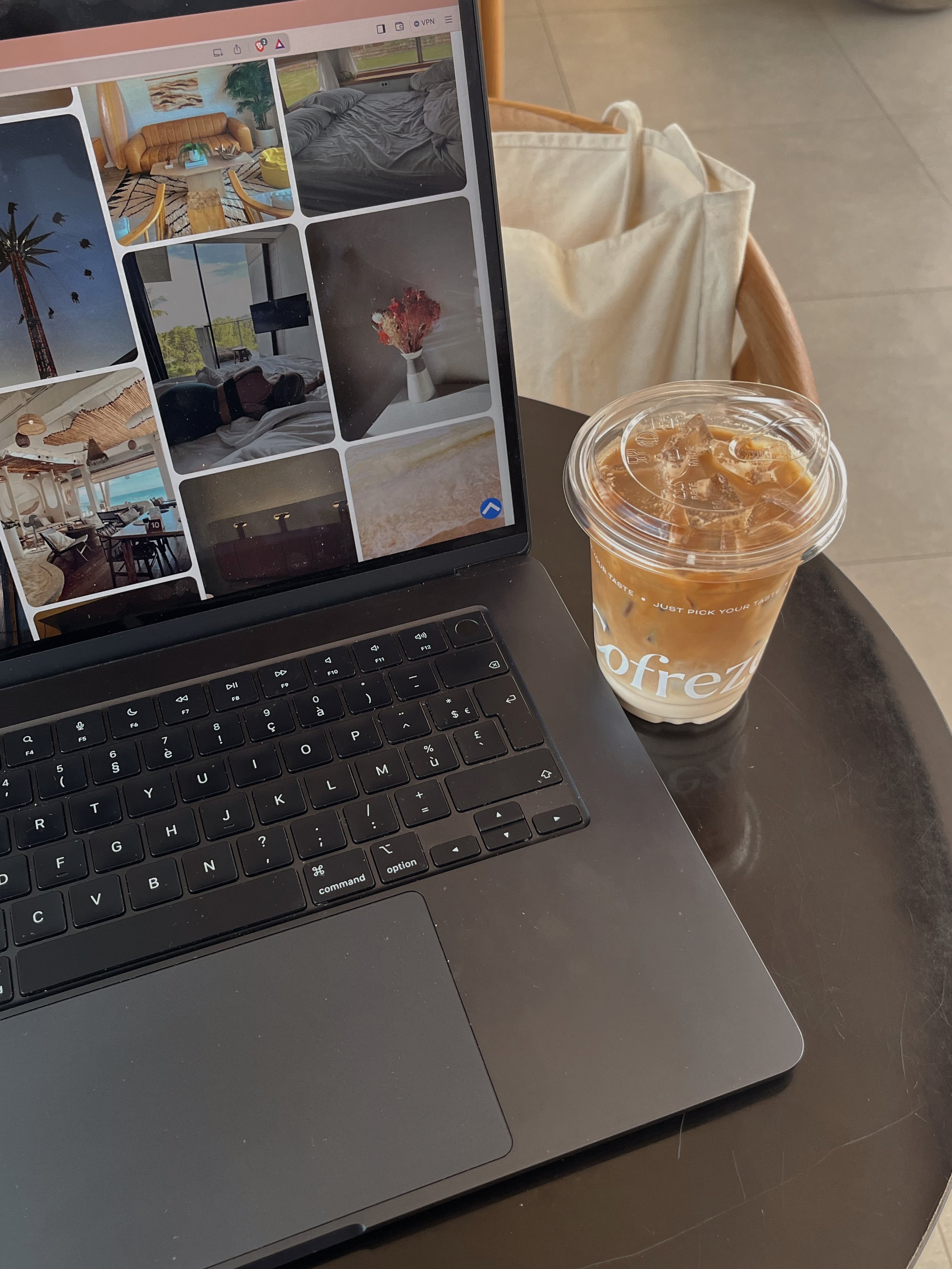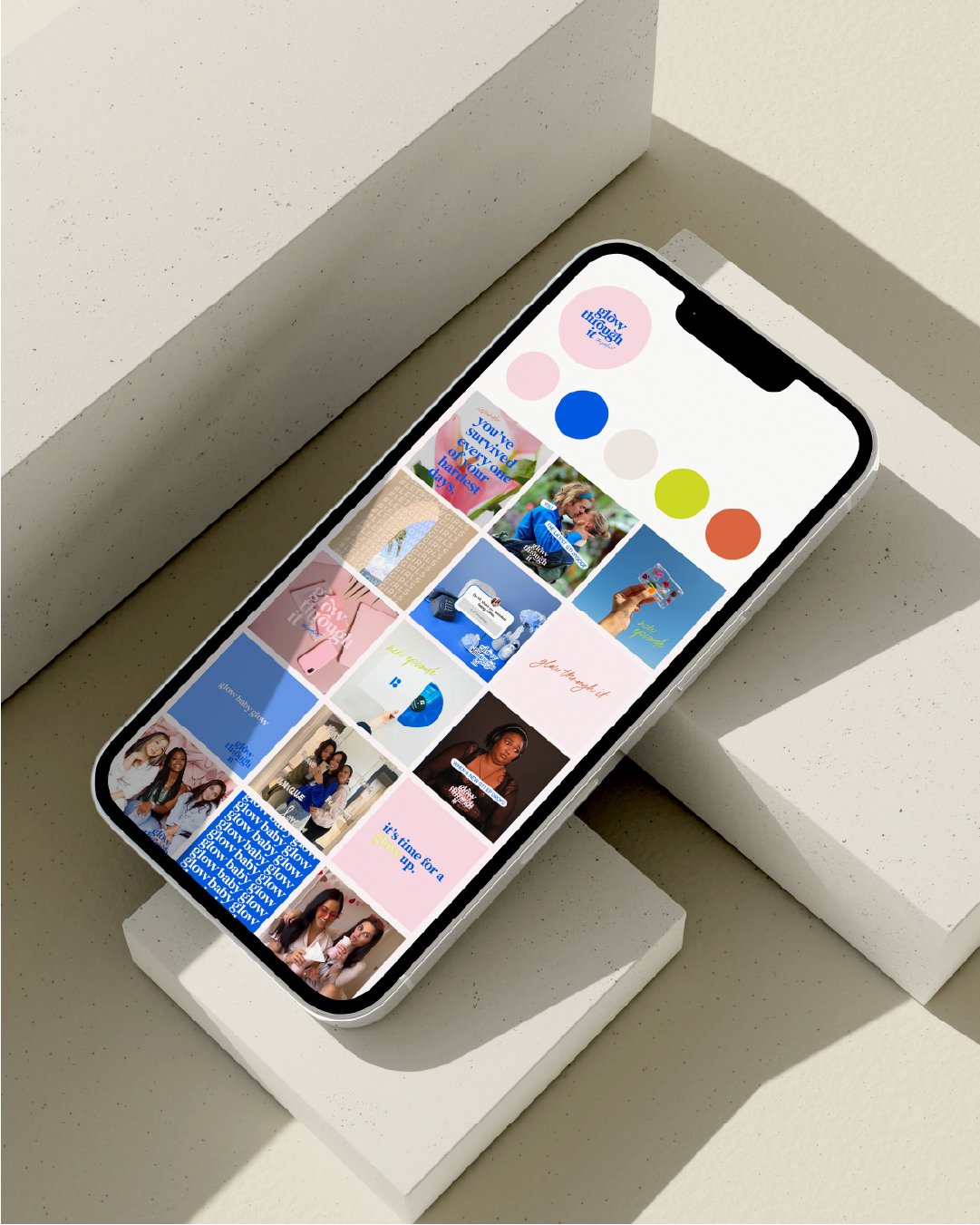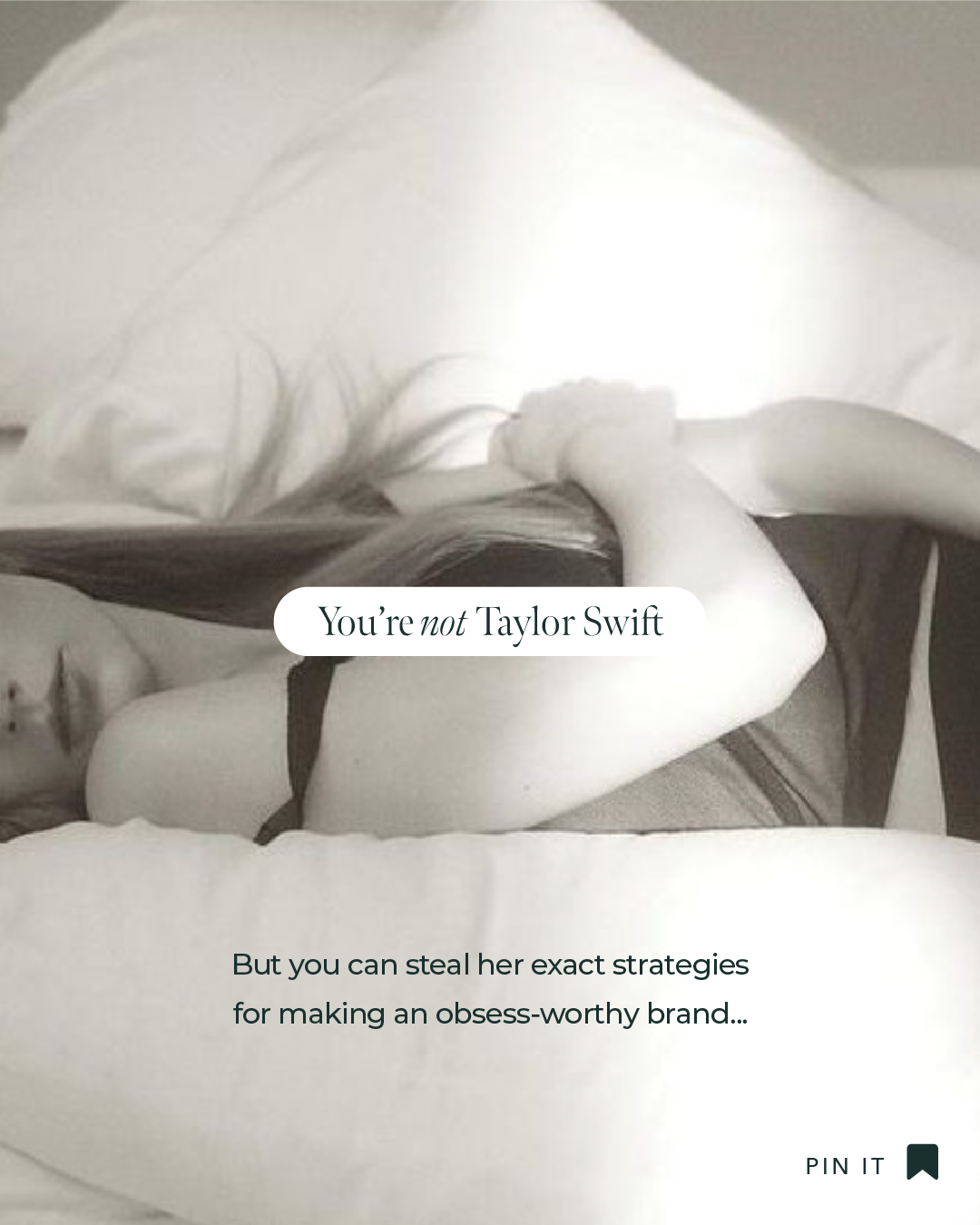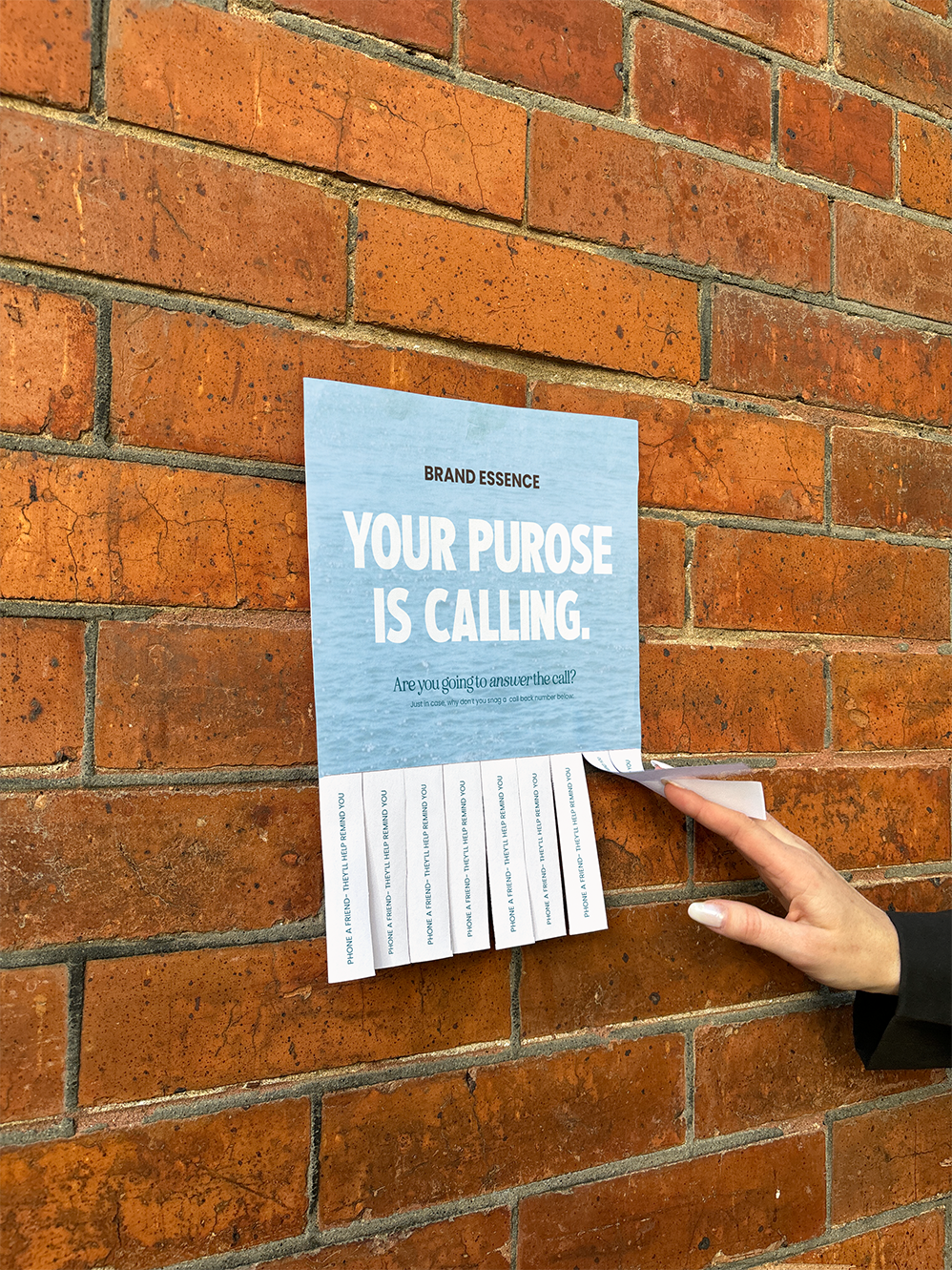The Different Types of Color Codes (And Why They Matter for Your Brand)
If you've ever sat down to design your brand visuals—or hand over brand guidelines to a designer—you’ve probably run into a bunch of confusing color terms: HEX codes, RGB, CMYK, PMS... what do they all mean?
And more importantly—when should you use which one?
Today, let's break it down without the jargon overload. Here’s your quick-start guide to color codes and how they fit into building a brand that actually looks cohesive everywhere you show up.
1. HEX Codes (Hexadecimal)
Best for: Websites, digital graphics, anything online.
Example: #FF5733
Why It Matters:
HEX codes are the language of the web. Every color you see on a website, email graphic, Instagram post, or digital ad is typically called using a HEX code.
Think of HEX codes as your "screen language."
If you’re creating your website or social media templates, you’ll need these to make sure your brand colors look exactly how you envisioned.
2. RGB (Red, Green, Blue)
Best for: Digital screens, presentations, videos.
Example: rgb(255, 87, 51)
Why It Matters:
RGB is another digital-first color model. It’s how computers, phones, and TVs create color—by mixing Red, Green, and Blue light at different intensities.
Fun fact: HEX codes are basically a shorthand version of RGB!
Use RGB if you're doing anything that's staying 100% online:
Web graphics
PowerPoint or Keynote decks
Video editing
Bottom line: HEX and RGB are your BFFs for anything on a screen.
3. CMYK (Cyan, Magenta, Yellow, Black)
Best for: Printed materials like business cards, flyers, posters.
Example: C:0 M:66 Y:80 K:0
Why It Matters:
CMYK is what professional printers use. Instead of mixing light like RGB, printers mix physical inks—and the colors are built using Cyan, Magenta, Yellow, and Black.
If you’re sending anything to print, you NEED CMYK versions of your brand colors.
Otherwise, your colors could come out looking muddy, dull, or just... wrong.
Quick tip: Always ask your designer (or yourself!) to convert digital colors to CMYK when prepping print files!
4. PMS (Pantone Matching System)
Best for: Exact color matching for high-end print projects, branded merchandise, packaging.
Example: Pantone 165 C
Why It Matters:
PMS is basically the gold standard for exact color matching. Think corporate logos, fashion brands, product packaging—anywhere you can’t risk your brand blue looking purple in bad lighting.
Pantone colors are like "pre-mixed paints"—you tell the printer “Pantone 165 C” and they know exactly how to mix it.
Use PMS colors if you're:
Printing merch (shirts, mugs, bags)
Creating packaging
Doing high-end business cards or event signage
Quick Recap:
Color CodeWhere to Use ItHEXWebsites, emails, social media graphicsRGBDigital screens, video, online presentationsCMYKPrinting business cards, flyers, brochuresPMSHigh-end printing, exact color-matching merch
Why This Matters for Your Brand:
When your colors are consistent across your website, social media, emails, print materials, and packaging, you build brand recognition.
And when people recognize your brand visually?
They trust you faster. They remember you longer. They choose you over someone who looks a little... off.
So whether you're DIY-ing your brand, handing it off to a designer, or working with printers for the first time—knowing your color codes = looking like you have your sh*t together.
(Because you do.)














